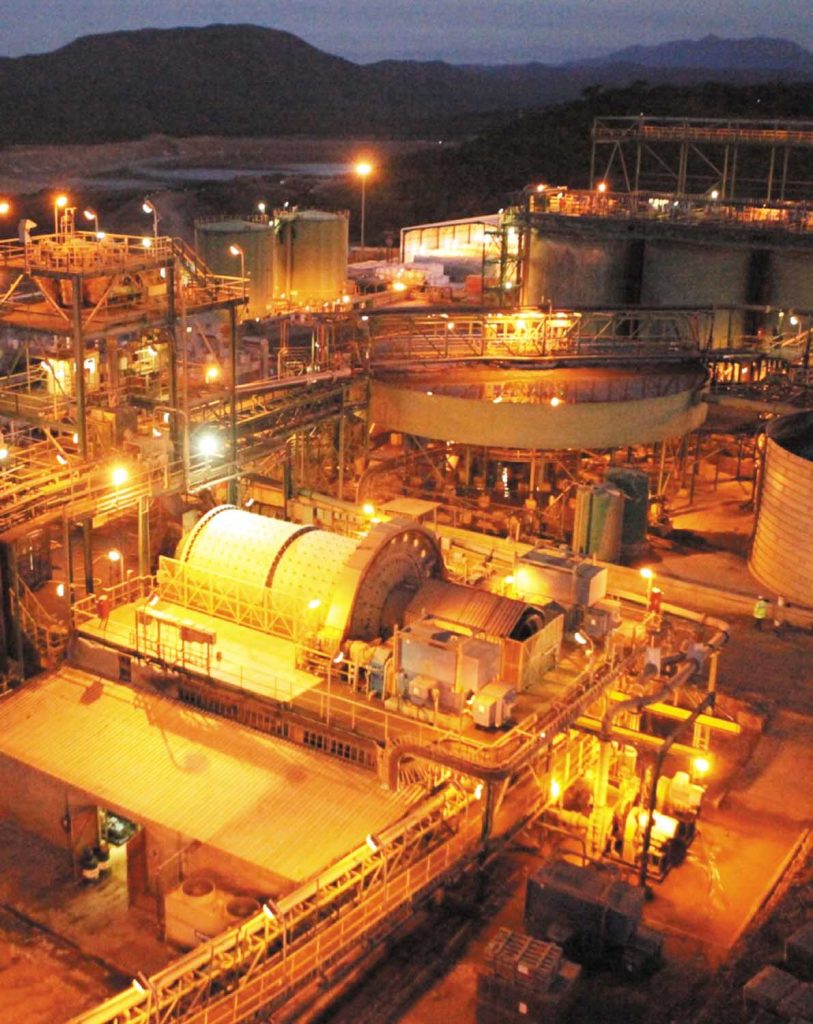
Mining
Uranium price hike ignites calls to reopen Kayelekera
January 25, 2024 / Wahard Betha

Stakeholders in the extractive sector have urged the Malawi Government to finalize the Mine Development Agreement (MDA) for Kayerekera Uranium Mine with tenement holder ASX-listed Lotus Resources following soaring of uranium prices on the global market.
Trading Economics reports that uranium prices were at $91 per pound in early January, holding the surge from late 2023 that took prices to 16-year highs amid strong demand and risks to supply.
Volatile fossil fuel prices and ambitious de-carbonization goals drove the US and 20 other countries to announce that their nuclear power will be tripled by 2050.
The large bets on nuclear energy are led by China, which is building 22 of 58 global reactors, while Japan restarted projects to increase nuclear power output, and a new reactor in Finland marked Europe’s first new facility in 16 years.
“The developments were met with increasing threats to supply. Western utilities continued to voluntarily shun Russian uranium imports due to its invasion of Ukraine, while US officials moved closer to outright banning imports from the world’s top producer of nuclear fuel. Additionally, supply was also pressured by the military coup in Niger and troubles in Canadian mines.”
Commenting on the development, Mining expert John Nkhoma asked both the Malawi Government and Lotus Resources to allow the project to resume with preliminary works including refurbishing the plant though the MDA is yet to be finalized.
Nkhoma, a seasoned geologist and MD for a leading consultancy group Chiwandama GeoConsultants, said he is optimistic that what have remained in the agreement are just few steps that can be finalized in few days.
He said: “To tell you something, the prices are very succulent. From my perspective, I think preparatory works for mining resumption should commence even though discussions for the MDA are in progress.”
“After all I do not think there are many issues to look into. Maybe they can start warming up the equipment and hiring the company that will be doing mining like Paladin did last time.”
Lotus Resources reported recently that if the MDA is signed by December 2023 as promised by the Ministry of Mining, the company will be able to identify off-takers, secure finances, commence plant refurbishment this year and resume production in 2025.
In a separate interview, Coordinator for Chamber of Mines and Energy in Malawi Grain Malunga said the uranium price hike is advantageous to both Government and Lotus, hence the call to respond to few issues remained in the MDA.
“It is to the advantage of both Lotus and Government. There are few issues for Government to respond to and move on with MDA conclusion,” said Malunga.
Programs Coordinator for Natural Resources Justice Network (NRJN) Joy Chabwera concurred with Malunga but asked Lotus to ensure that they negotiate a fair deal with the Malawi Government to avoid mistakes made with the previous company.
“It is to the advantage of the government to conclude the MDA for Lotus but it is also important for the company to negotiate a fair deal for Malawi since the Paladin background,” Chabwera said.
The Ministry of Mining indicated recently that the outstanding issues for Lotus’s MDA include; loss carry forward from Paladin; waiver on interest on loans, non-resident tax and dividends; application on resource rent tax about to be concluded and; Lotus’s request of equity share to be at 10% and not at 15% as it was the case with Paladin.
In August 2022, Lotus Resources Limited released a Re-start Definitive Feasibility Study (DFS) that highlighted that Kayelekera ranks as one of the lowest capital costs uranium projects globally whilst also having the ability to quickly recommence production once a Final Investment Decision (FID) has been made.
The Kayelekera Uranium Project is the fourth largest uranium asset globally by historical annual production.
The mine, currently on care and maintenance, produced ~11MIbs U3O8 equivalent over five-years between 2009-2014 before the asset was shutdown to preserve its longevity due to a sustained low uranium prices in the aftermath of the Fukushima Nuclear Disaster which resulted in the closure of several nuclear power plants in Asia.
The Kayelekera deposit hosted a total mineral endowment of approximately 60Mlbs U3O8 equivalent when historical production (11Mlbs) and the current resource (46.3Mt at 500ppm U3O8 for 46.3Mlbs U3O8) are accounted for.
The Company also owns the Livingstonia Uranium deposit (6.9Mt at 320 ppm U3O8) in Malawi. Combined Kayelekera and Livingstonia account for a total global Mineral Resource Estimate for the Company in Malawi to 49.4Mt at 475ppm U3O8 for 51.1Mlbs U3O8.
Kayelekera is a sandstone-hosted uranium deposit associated with the Permian Karoo sediments and is hosted by the Kayelekera member of the North Rukuru sediments of the Karoo. The mineralisation is associated with seven variably oxidised course-grained arkose units, separated by shales and chocolate-coloured mudstones.
Uranium mineralisation occurs as lenses primarily within the arkose units and, to a lesser extent, in the mudstone units. The lowest level of known mineralisation currently is at a depth of approximately 160m below surface.































